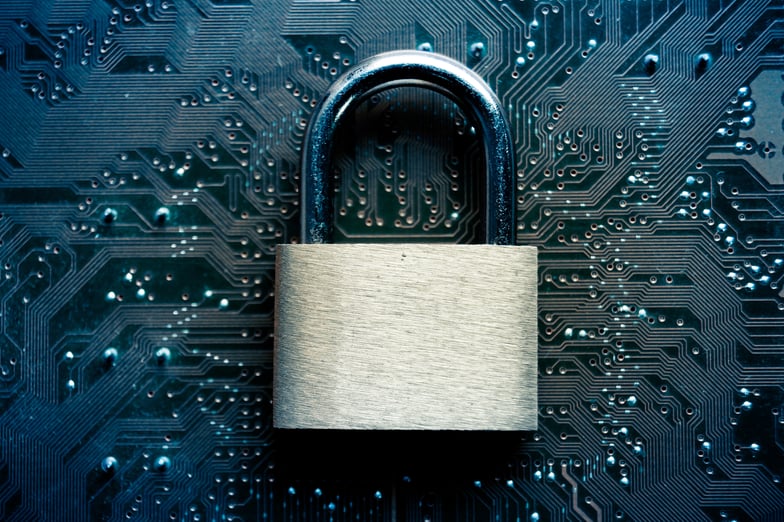Layered Security Key to SMB Cyber Protection
According to ISACA’s 2016 Global Security Status Report, 84% of organizations surveyed believe there is a medium to high likelihood of a cyber attack disrupting critical infrastructure.[1] Since there is no single product available today that will solve all your cyber security needs, you need to adopt a layered security approach to SMB cyber protection.
Using only one security program will leave security flawed and the computer at risk to other threats. Layered security refers to security systems that use multiple security programs to protect your computer. These security programs work together, providing a layered protection to keep your business safe from cyber attacks. Four must-have solutions for a layered security approach include: antivirus software, firewalls, patch management, and password management.

Antivirus Software
Cyber security technology starts with antivirus software. Antivirus is designed to prevent, search for, detect, and remove software viruses and other malicious software like ransomware, keyloggers, backdoors, rootkits, trojan horses, worms, adware, and spyware. It’s critical for users to have antivirus installed and up-to-date because a computer without anti-virus software installed will be infected within minutes of connecting to the internet.
Firewalls
A network firewall is essential to cyber protection. Firewalls are designed to monitor incoming and outgoing network traffic based on a set of rules, acting as a barrier between a trusted network and an untrusted network. It controls access to the resources of a network through a positive control model – meaning that the only traffic allowed onto the network is defined in the firewall policy. Firewalls are typically deployed as an appliance on your network and may offer additional functionality such as virtual private network (VPN) for remote workers.
Patch Management
Cyber criminals often design their attacks around vulnerabilities in popular software products such as Microsoft Office and Adobe Flash Player. Patch management involves acquiring, testing, and installing multiple patches (code changes) to an administered computer system. As vulnerabilities are exploited, software vendors issues updates to address them – using outdated versions of software products can expose your business to security risks. There are several products available to automate patch management tasks to keep your software up-to-date at all times.
Password Management
Weak passwords are a leading cause of a cyber threat. To mitigate this risk, businesses should adopt password management solutions for employees. Many people store a document on their computer that contains all their site login credentials which is unsafe and unnecessary. Password management apps should be used in place of a stored password document on your computer. These tools allow users to keep track of all passwords. In the event of a password being compromised on an account, you can go into the password management app and quickly change all your passwords.
[You Might Also Like: Infographic - "10 Ways to Protect Your Computer from Malware"]
To keep your computer’s security protection high, you’ll need more than one program working to protect your computer. While these security measures protect against a wide array of cyber attacks, they are just one part of an effective defense strategy. Threats like ransomware are continuously evolving so it’s important to have solutions in place that enable you to return to business as usual if you experience a cyber attack.
1] https://www.isaca.org/cyber/Documents/2016-US-Cybersecurity-Snapshot-Data-Sheet_mkt_Eng_0116.pdf
